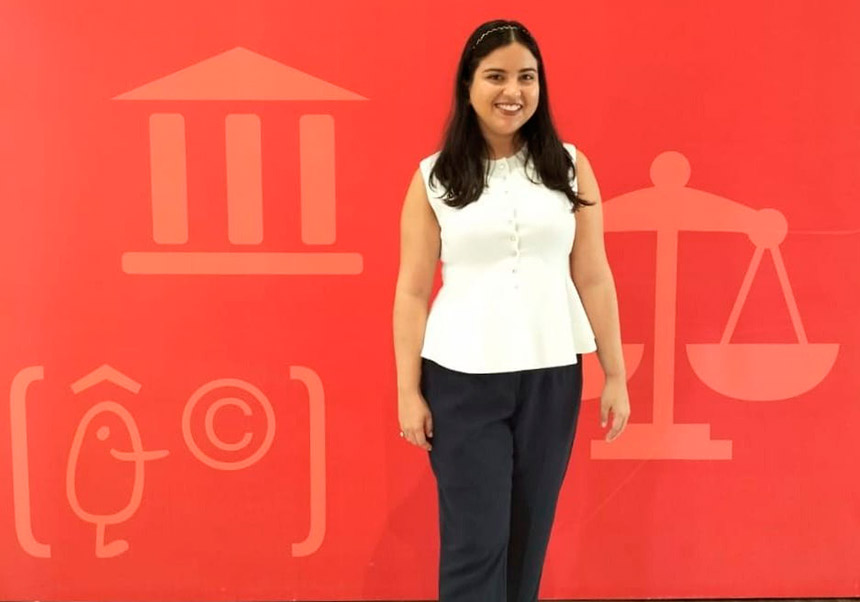
The work is structured in four chapters, the first of which contains an analysis and evolution of unfair competition, focusing on the experience of France and Germany, with a brief reference to the American experience. The second chapter deals with unfair competition in the countries of the Andean Community, specifically Colombia and Peru. The third and fourth chapters refer to the situation of unfair competition in Ecuador and the pending subjects in this area.
16 june 2020
Title: Is there real protection against unfair competition in Ecuador? Critical analysis and future proposals.
Author: María de los Ángeles Lombeyda Araujo (Ecuador)
This analysis is based on the nine years of the Organic Law of Regulation and Control of Market Power of Ecuador. To do so, it is essential to take as a starting point the very origins of unfair competition; the political, social and economic environment that gave rise to the need for its treatment, the first laws that regulated it, the different jurisprudential criteria, its points of connection and dissent.
The transversal axis of our study is the treatment that Spain has given to unfair competition, since it is the main reference for Latin American countries, due to its close links. In Latin America, we have already focused the study on the countries of the Andean Community, a decision that is justified by the common historical background, the political and economic processes that are very similar, but mainly because they form a historically successful integration block, more than fifty years old, which has as its main achievements, the harmonisation of the legislation of its member countries, in matters such as industrial property and the defence of competition at a regional level. However, at present the Andean Community is going through a crisis that cannot be ignored, which requires revitalisation through the efforts of each of its member countries, and whose starting point could be the enactment of a decision on unfair competition.
With respect to unfair competition in Ecuador, it begins with a review of the history of this institution in the country, the close relationship between intellectual property and unfair competition, the process of the normative dissociation between the two matters, the inexistence of a law that regulates exclusively the subject matter of the study, until arriving at the Organic Law of Regulation and Control of Market Power. From there, it is sought to establish if Ecuador has the necessary regulations, both in the substantive and procedural fields, in matters of unfair competition.
This work does not seek to ignore the progress made by the country in this area, much less the merit of finally having a law for the defence of competition. However, it seeks to carry out a more or less in-depth study of whether the formula adopted by the Ecuadorian legislator boxes Ecuador into the social phase of unfair competition and, therefore, protects the interests of consumers, economic operators and market transparency. It is also necessary to review whether the Ecuadorian law embraces as a transversal principle the defence of competition per se or also extends its scope to fairness, inasmuch as it does not restrict its scope of action to those unfair acts that distort competition, but also to those that without doing so produce damage to the interests that are the object of protection.













